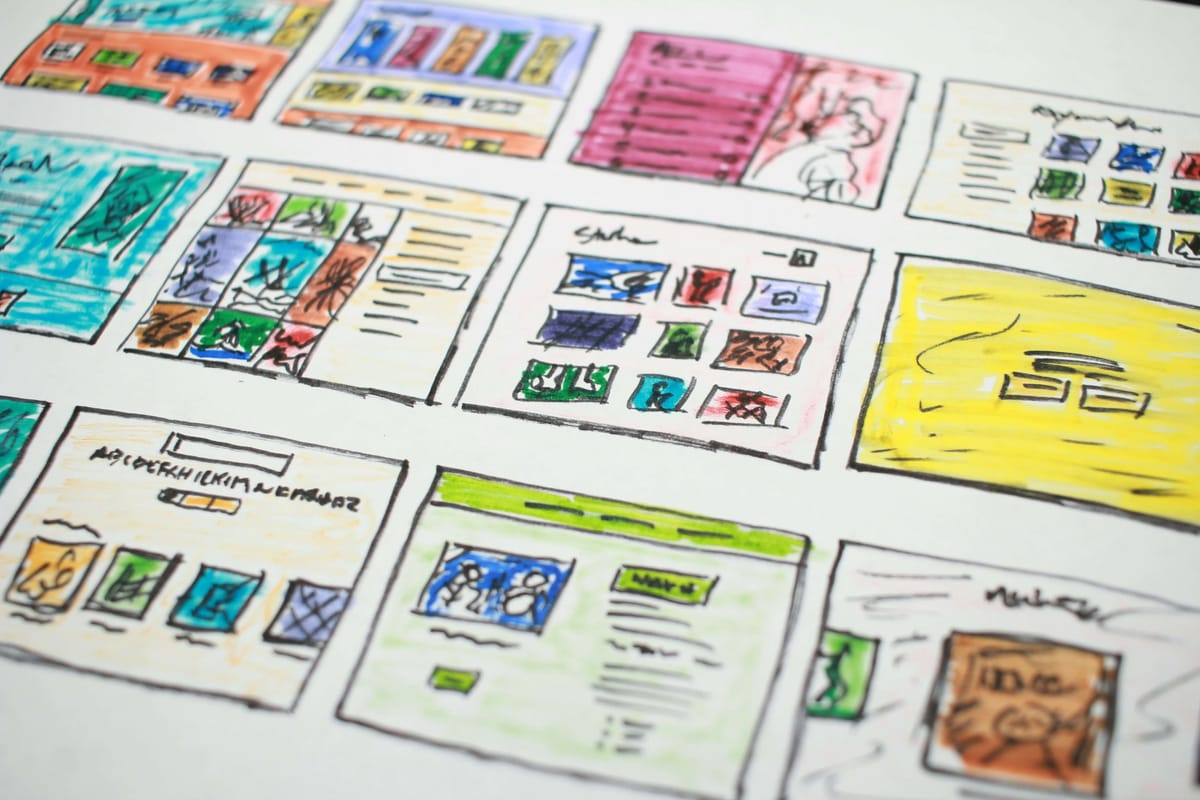It's not 100% correct to say that it's not possible to market to developers. The definition of marketing changes a little bit when we sell developer-centric products, and it's not that traditional marketing methods don’t work, but they’re a little less effective. – Mudit Singh, Head of Marketing and Growth at LambdaTest, in our podcast
While developers can be a tough nut to crack, there’s no denying they’re influential in their orgs, particularly when it comes to the purchasing of tech products.
Building brand authority is crucial if you want to succeed in marketing to this highly skeptical audience.
But what does brand authority even mean? It’s all about establishing you as a trusted, knowledgeable, and influential brand within the developer community.
Here’s how you can achieve that.
Step 1: Understand the developer audience
Developers have many different interests, preferences, and pain points, and can range from front-end developers to backend, web devs, and more, since there are many types of developers.
Each subgroup will have its own tools, languages, and challenges as well, so it’s crucial you research your audience well to understand what motivates your specific developer personas—and which problem they’re trying to solve.
You’ll also want to create detailed personas to represent different segments, which should include the common challenges they face, the tools and tech they use, the content that tends to resonate with them, etc.
By segmenting your audience, you can create product messaging that’s tailored to them and, therefore, can yield better results.

Step 2: Create great content
Developers appreciate content that allows them to solve issues, learn new skills, understand how to use a specific tool or platform, and more. So, tutorials, how-tos, and technical articles tend to be of value to them.
It’s important your content is accurate, detailed, and expertly written—otherwise, your users will assume your products aren’t what they need.
Another thing that works well with developers is case studies and success stories, since this shows them that you’re solving real problems.
They also offer proof that your product is of value, which helps you to boost your credibility.
Open-source contributions are also nothing to sneeze at. If you contribute to these types of projects, you can build your credibility within the developer community as well, since it showcases how committed you are to the community—and developers have the chance to see your product in action as well, which can lead to higher adoption rates.

Step 3: Leverage the developer community
This means you should be active in your community, whether it’s a one you built from scratch or one built on an existing platform, such as Slack and Reddit. Forums, discussion boards, and social media channels (such as X) are also useful, since developers tend to hang out in them.
Make sure you’re actually engaging in conversations and not just lurking, answer any questions developers may have, and help them with what they need without overly promoting your tool.
This can help you to build credibility and authority, since developers will start to see you as an expert.
Another thing to consider is developer advocates. Developers listen to the opinion of their peers and trust other developers, so leverage these community influencers.
For example, build genuine relationships with them and offer them value, such as early access to your product, and, in return, they can give you their feedback and even recommend the product to others.
Also, meetups are a fantastic way to connect with developers. You can attend, sponsor, or even speak at events like these to get face-to-face with devs and establish a more personal relationship.
Step 4: Offer a hands-on experience
It’s no secret developers love to try out products (and they especially want to try before they buy), so why not offer them free trials or demos that’ll allow them to access your product’s features?
This can show developers how great of a product you have—helping to build that all-important authority and credibility.
Remove as many barriers as possible so developers can get started quickly, and provide enough product documentation and support to ensure a smooth onboarding.

Another thing you may want to consider doing is a hackathon or a coding challenge. This is because these types of events provide devs with a hands-on experience that uses your product in a competitive (and collaborative) environment.
They can also help to generate excitement around your tool or platform.
Step 5: Offer valuable tools and resources
Another way to establish you as a trusted brand is to provide great resources for your users. For instance, free tools and APIs they can use in their day-to-day, and which can be the gateway to other products you may offer.
SDKs and libraries can also make all the difference. After all, these make it easier for developers to integrate your product/services into their own projects and tech stack.
You can also create environments where developers can experiment with your tool without having to commit (as we mentioned, they love to get hands-on). This means demos and sandboxes.
Step 6: Provide exceptional developer experience
There are many elements that work together to create a great developer experience so we won’t touch on all of them.
We’ll mention a few key ones, however, such as ensuring your product is easy to use and integrate. You want developers to find the process smooth, since this can improve your adoption rates.
You also need to provide strong support. You don’t exactly need to be on standby or have a dedicated person to attend to your users’ every query—if your documentation is detailed and your website or platform offers all the information developers need, you’ll save time on questions and prevent issues from popping up.
Of course, it doesn’t hurt to have a dedicated person who’s highly technical and understands your product inside out answering questions. This can be through chat support, forums, or even account managers.
Step 7: Consistency of branding and messaging is key
If you want to establish brand authority, you also need to be consistent with everything you put out there for developers to see.
This means your value proposition, which should clearly communicate what sets you apart from your competitors and what unique features you’re offering developers.
It also means consistency across all channels, since your messaging, tone, and branding needs to be the same no matter where you’re interacting with your users and potential users—be it on X, GitHub, or Stack Overflow.

TL;DR
By focusing on these strategies, you can build brand authority and position yourself as a go-to resource for developers. Remember, developers are more than just customers, they’re also potential advocates that can help shape the success of your product.
Get your free copy of our Developer Relations Playbook, which is packed full of insights, strategies, and insider tips - let it be your roadmap to cracking the DevRel code.







